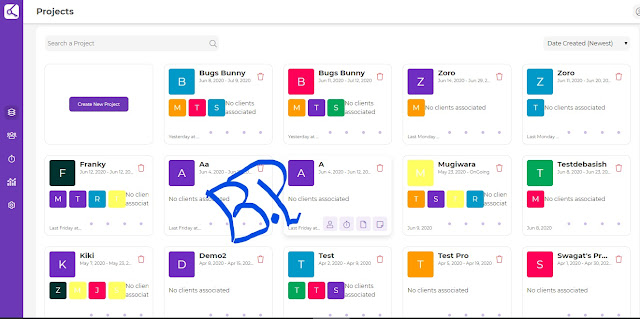Liberalization of Indian Telecommunication Sector
The Liberalization of Indian Telecommunication Sector in the
early 1990s was the effect of economic reforms promulgated by the
Government of India to align its economy with the world economy. Further
the economic renaissance of India catalyzed the need for the opening of
Indian telecommunication industry. Since independence the number of
basic telecommunication services network has expanded from about 84
thousand connections to around 385.95 lakh connections as on March 31
2002. The basic service network represents the majority of the telephone
subscription, which accounts for around 86% of the total
telecommunication network in India. Post 1990s, the Government of India
did away with its old monopoly-market concept and shifted to open-market
policy regime.
The Indian telecommunication industry's contribution towards the
overall health of Indian economy is substantially high in the recent
years. The history of the Liberalization of Indian Telecommunication
Sector suggests that although, this industry has matured tremendously
over the last fifteen years but huge scope of growth still waits to be
explored. The urban India is well connected with basic telephone
services but the semi-rural area needs immediate attention. The rural-
India today is the most neglected in the area of telecommunication
connectivity. Huge scope of growth is lying still untapped in the area
of rural telecommunication networking, especially in the area of basic
telephony and Internet.
The Government of India is now more focused on faster connectivity of rural-telephony in rural India and drafted its latest telecommunication policy to attract investments for the growth of Indian telecommunication industry. The latest telecommunication policy of India offers host of fiscal incentives and tax rebates to attract investors, both domestic and foreign investors. The era of post Liberalization of Indian Telecommunication Sector, witnessed formation of 'Department of Telecommunication' (DOT) and the 'Telecom Regulatory Authority of India' (TRAI). These two independent bodies operate in sync and under the guardianship of the Ministry of Telecommunication Government of India. These independent bodies have earned good reputation for transparency and competence of governance.
The main service providers in the Indian telecommunication sector are as follows -
The Government of India is now more focused on faster connectivity of rural-telephony in rural India and drafted its latest telecommunication policy to attract investments for the growth of Indian telecommunication industry. The latest telecommunication policy of India offers host of fiscal incentives and tax rebates to attract investors, both domestic and foreign investors. The era of post Liberalization of Indian Telecommunication Sector, witnessed formation of 'Department of Telecommunication' (DOT) and the 'Telecom Regulatory Authority of India' (TRAI). These two independent bodies operate in sync and under the guardianship of the Ministry of Telecommunication Government of India. These independent bodies have earned good reputation for transparency and competence of governance.
The main service providers in the Indian telecommunication sector are as follows -
- State owned telecommunication companies like - VSNL, BSNL and MTNL
- Private Indian telecommunication companies like - Tata Teleservices and Reliance Infocomm
- Foreign telecommunication companies like - Idea Cellular, BPL Mobile, Spice Communications, Hutchison - Essar, Bharti Tele-Ventures, Escotel, etc
- Creating world class telecommunication infrastructure to meet the requirements of growing Indian industries
- Easy and affordable access to basic telecommunication services across India
- Establishing a modern and efficient telecommunication infrastructure to meet the requirements of modern industrial nation
- Modernization of the Indian telecommunication industry
- Provisions for entry of private players into the Indian telecommunication industry
- Provide an equal opportunity for all the telecommunication service providers operating in India
- Strengthening R&D in telecommunication sector
- Efficient and transparent spectrum management
- Enabling efficient protection of the defense and security systems of the country
- Facilitating the Indian telecommunication companies to be at par with other global players
- Facilitate world class services at affordable prices
- Institutionalize the Department Of Telecommunication, to help them function as an independent corporate bodies
- To make telephone available on demand
- Facilitate reliable media to all telephone exchanges
- Facilitate high-speed data and multimedia connections
- Facilitation of world class service to all uncovered and rural areas of India
- Total number of telephone exchanges - 35023
- Total number of rural telephone exchanges - 26,953
- Total number of fixed telephone subscribers - 385.95 lakh
- Total number of cellular mobile phone subscribers - 64.31 lakh
- All India tele-density - 4.4
- Total number of village PCOs - 4.68 lakh
- Total number of Internet subscribers - 38 lakh


Comments
Post a Comment